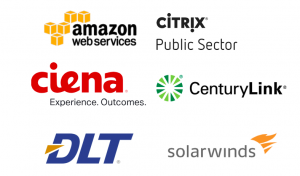The Trump administration appears poised to give the Pentagon as much as $54 billion in increased funding in FY 2018. At the same time, former Defense Secretary Ash Carter has urged his successor, Gen. James Mattis, to continue important initiatives for the future of the Defense Department.
These include programs like the Defense Innovation Unit Experimental (DIUx), which connects DoD with startups and commercial tech firms in Silicon Valley and regional hubs like Austin, Texas and Boston, Mass. Additionally, Carter emphasized the importance of continuing DoD’s information-sharing initiatives, like Joint Information Enterprise, as well as cyberstrategy with Cyber Command.
On the personnel side, Carter highlighted the importance of continuing to train and recruit for the best-equipped DoD workforce possible through reforms like those under Force of the Future.
These four initiatives are some of the most frequently discussed Defense Department reforms. But while they all have ambitious objectives, how do they affect the everyday DoD employee?
Whether they’re high-ranking military officers or civilian professionals, some who work at DoD may be wondering how these initiatives apply to the important work they do. This guide will help by providing high-level information for DoD employees who want to know more about important initiatives and how they connect to their work and the future of the Defense Department.
Additionally, this guide provides a survey of the GovLoop community of DoD employees and their thoughts and perceptions on these four particular initiatives. The results revealed that the majority of those surveyed do not understand how these initiatives pertain to their work but want to learn more.
By gaining a better understanding of these four initiatives, Defense employees can better grasp how they are affected, and navigate the future of DoD under a transitioning administration.







